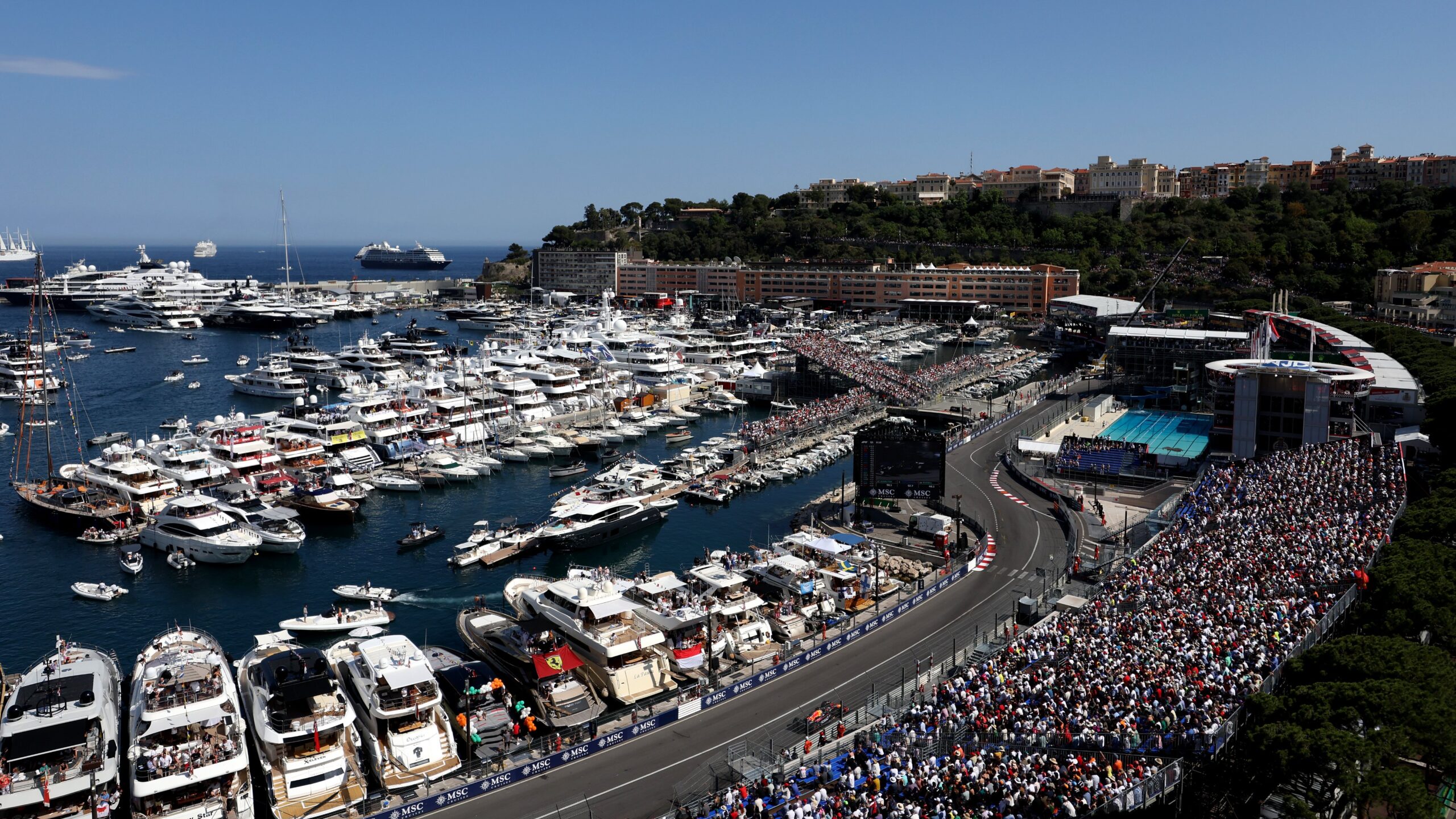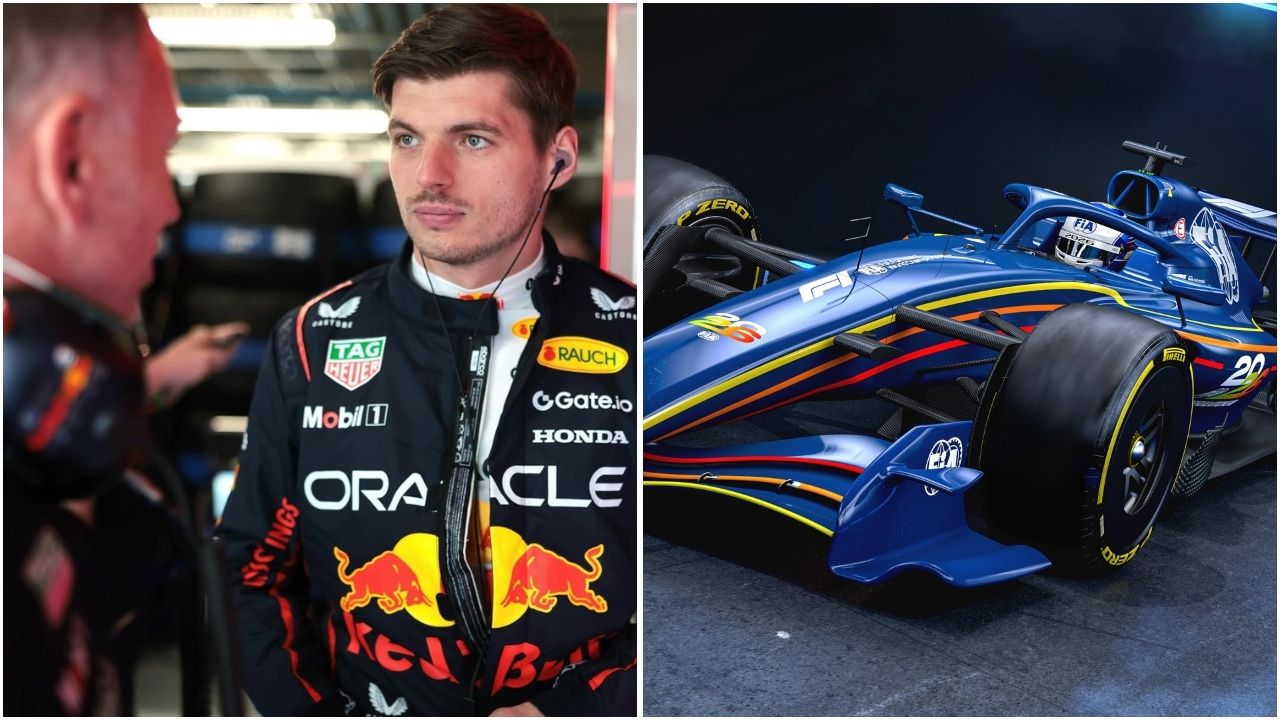F1 is prepared to race through 21 different countries this year. These include three races in the US, two in Italy, and another 19 nationalities. This results in 24 different circuits throughout the season, all providing unique challenges and opportunities for drivers.
Some of these circuits are part of Formula 1’s history, such as Monza (Italy), Spa-Francorchamps (Belgium), Monaco, and Silverstone (the UK). Traditionally, F1 circuits were extremely long. This was because of the lack of aerodynamics, which made it difficult for the cars to go through tight corners easily. Circuits with long turns provided better racing, but they were also long.
However, that has changed in recent years. Today, Formula 1 cars produce almost 800kg of downforce while going around 150 km/h. This assists in taking the sharpest corners rather quickly. Moreover, it makes the traditional circuits more dangerous because of the fast cornering speeds now.
This is one of the reasons why racing is largely performed on much smaller circuits compared to the initial years of the sport. However, the shortest circuit on the 2025 F1 calendar is none other than the Circuit de Monaco in the Principality of Monaco.
It’s quite surprising, considering the layout has only gone through minimal changes since its first race in 1929. But Monaco does have some distinctive features and limited possibilities for modifications, which have kept it more or less the same throughout the century.
What are some of the features of the F1 shortest track the Circuit de Monaco?
Just 3.337 kilometers (2.074 miles) in length, the Monaco Circuit is the shortest one of the current Formula 1 calendar. The circuit covers a large part of the country, considering its short size. It is known for its winding, tight corners with a very short margin of error.
The large size of the current cars also makes it difficult to perform a single overtake throughout a race. This is one of the reasons the race is criticized regularly.
Interestingly enough, Monaco has a considerable lap time despite its short length. The circuit is known for its winding, tight corners. It also features the Fairmount Hairpin, the slowest corner on the F1 calendar. Moreover, the current cars don’t even hit the eighth gear most of the time during a race because of the lack of straights. This makes it the shortest, but not quite the quickest circuit.
The circuit with the shortest lap time is the Red Bull Ring, home to the Austrian Grand Prix. Valtteri Bottas’s 1:02.939 lap during qualifying in 2020 is the fastest in F1’s history.



